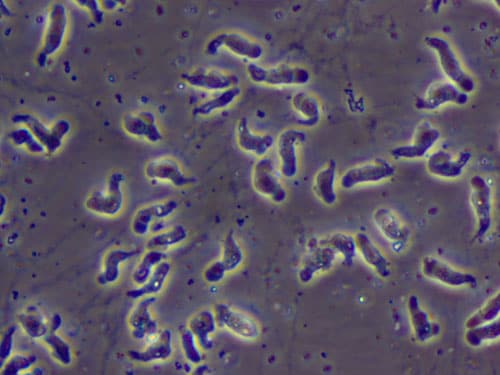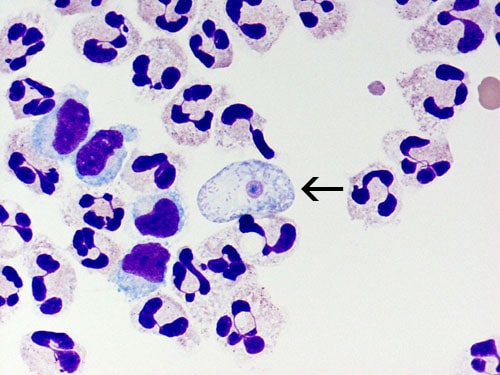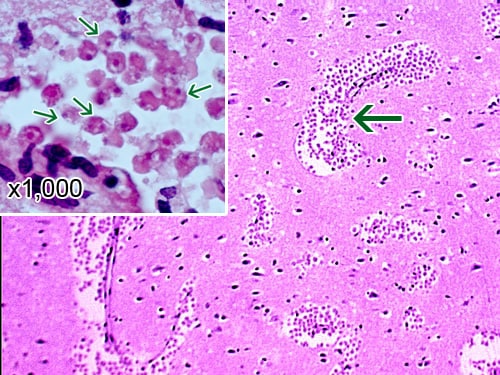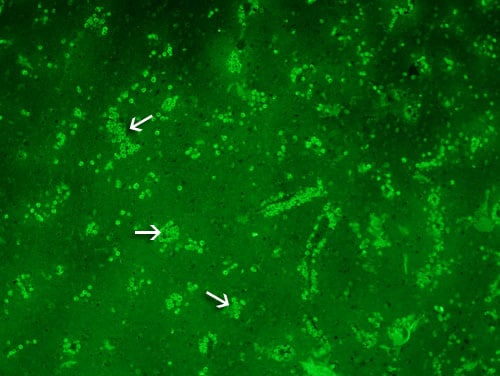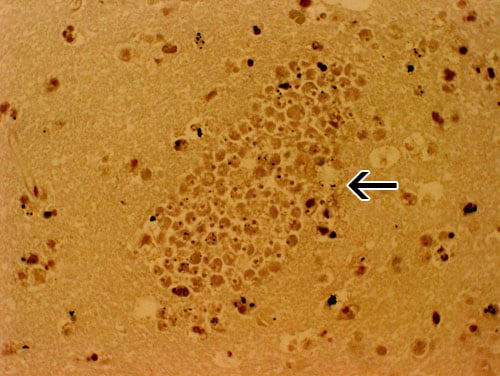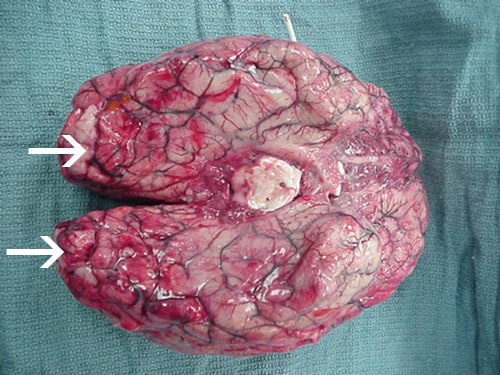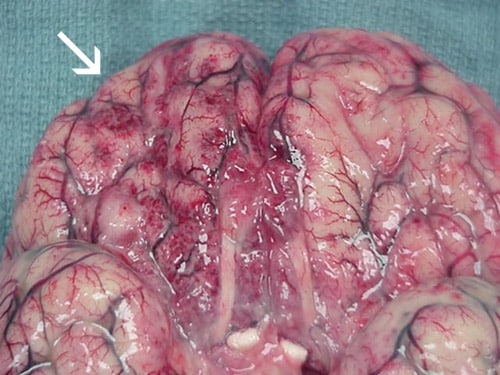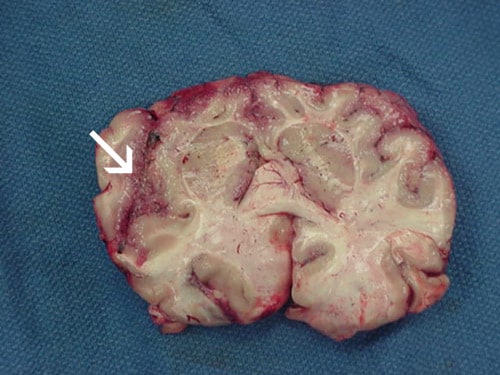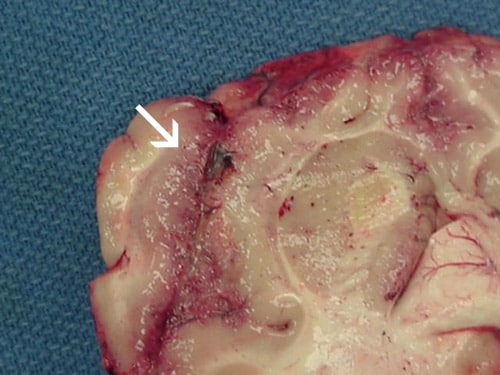Photos and Videos of Naegleria fowleri
Clinicians: For 24/7 diagnostic assistance, specimen collection guidance, shipping instructions, and treatment recommendations, please contact the CDC Emergency Operations Center at 770-488-7100. More detailed guidance is under Information for Public Health & Medical Professionals.
Naegleria fowleri under a microscope in real-time.
Naegleria fowleri under a microscope with increased speed.
